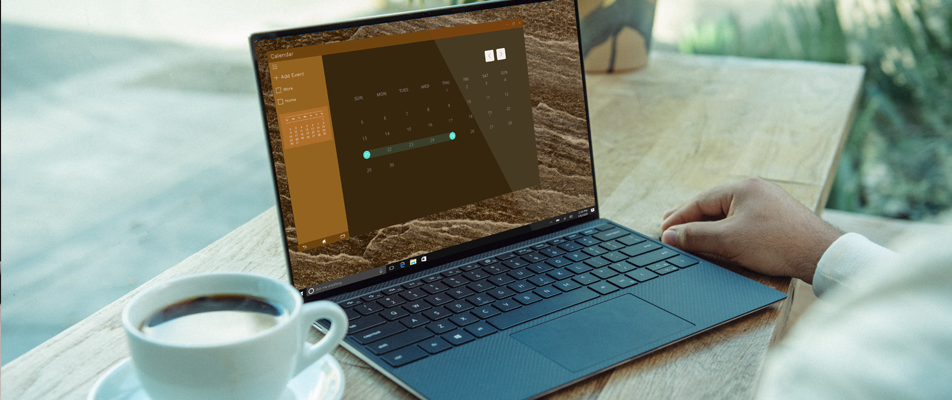How to support your workforce during a period of Homeworking
Following the government announcement of a national lockdown from 5 November, the majority of the workforce will continue to work remotely in some capacity if they are able to do so. Below, our Risk Management Director, Cath Swindells discusses risk management considerations in relation to homeworking, how to complete a risk assessment of a home workspace and how your organisation can develop a Wellbeing policy.
Since March, many of us have been working from home. Be it in the spare bedroom or makeshift office at the kitchen table, but for a lot of us, that had become the ‘norm’. There was then a ray of hope when the government started to encourage a gradual return to the workplace; businesses adapted the working environment to be COVID-safe and some people ventured back into their places of work. However, as many of us prepare for a another period of homeworking it is important to recognise how this will change the nature of your operations and risks faced by your colleagues.
Here are seven aspects of working from home you should consider:
- If possible, have your working space in a naturally or well-lit area away from the place where you relax and sleep.
- Take regular breaks and do some form of exercise such as walking.
- Remove distractions and try and get your largest jobs out of the way first.
- Stay in regular contact with your manager and colleagues on a work and personal level.
- Eat healthy foods and drink plenty of water.
- Try and maintain a regular routine that fits around your family and/or those you are caring for.
- If you see a colleague is struggling, be supportive and speak with their manager.
Risk Assessment
Remember that if not already done, a risk assessment of the home workspace needs to be undertaken and a self-assessment can be completed by the homeworker. General factors which need to be considered as part of a homeworking risk assessment include:
- The nature of the work to be undertaken.
- Persons who could be affected by the work done, and how they could be harmed or disrupted. Special consideration should be given to those who may be particularly vulnerable, for example, children, young persons, expectant mothers or those with certain illnesses or disabilities.
- The extent of homeworking in terms of the time and space required.
- First aid provision and emergency arrangements (where relevant).
- The specific hazards associated with the work, equipment or location.
Mental Wellbeing
Due to the prolonged periods of time spent at home, mental health concerns remain an issue for some and businesses need to continue to maintain a positive wellbeing culture. To achieve this, organisations need to develop a Wellbeing Policy with the main aims of the Policy being:
- To manage mental health conditions at work.
- To risk assess and prevent work related stress.
- To identify those experiencing problems and provide support.
- To promote healthy living.
Further detailed guidance and supporting documentation on Homeworking, Display Screen Equipment and Wellbeing is available to all Griffiths & Armour clients through our RMworks online risk management platform.
If you have any questions about the contents of this article, please get in touch with your usual Griffiths & Armour contact or submit your enquiry to Cath Swindells by clicking below.









